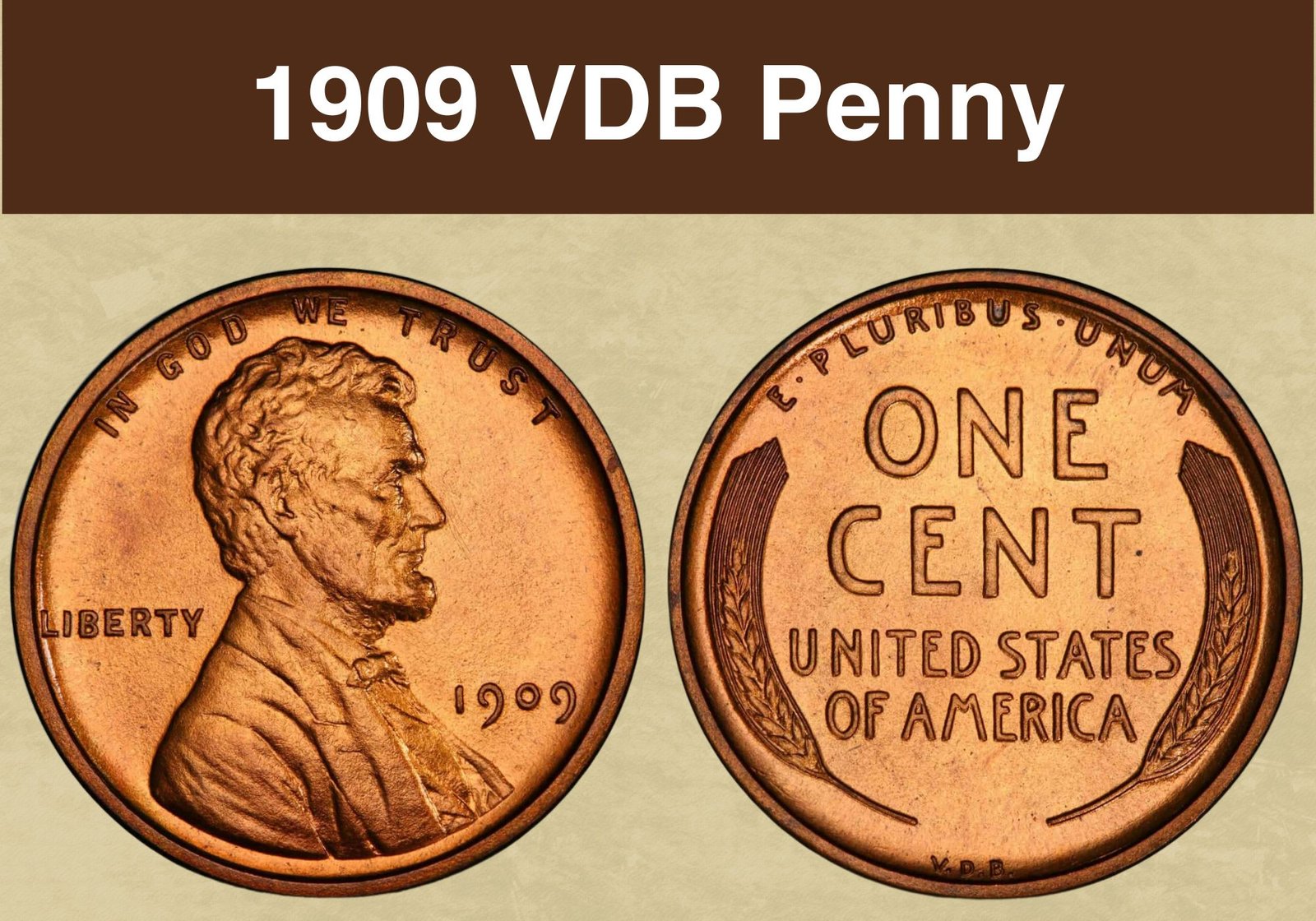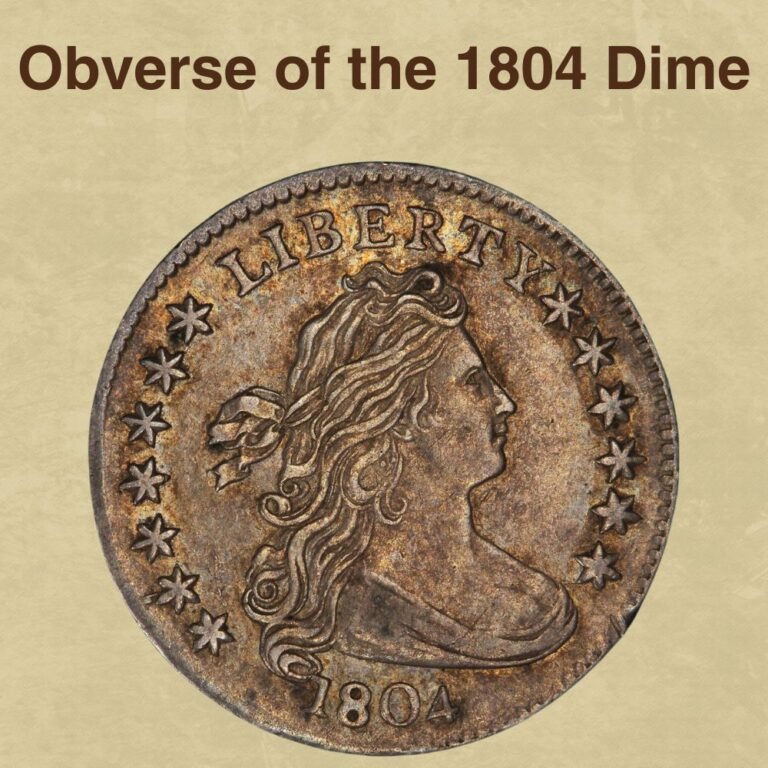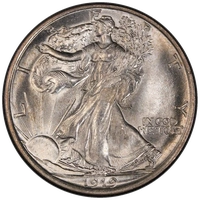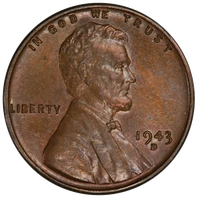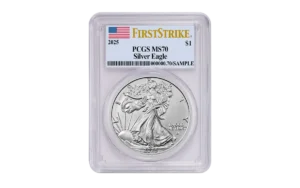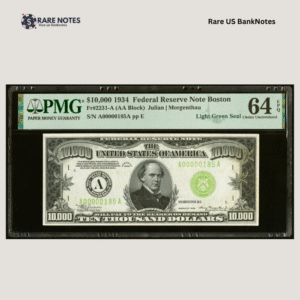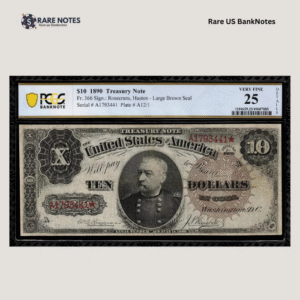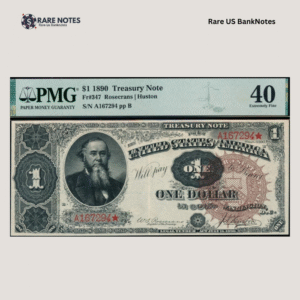Every cent tells a story, but some whisper secrets louder than others. For 50 years, the Lincoln Wheat Penny didn’t just make change at the corner store—it jingled through America’s most dramatic half-century, from horse-drawn carriages to atomic bombs.
Among the billions minted between 1909 and 1958, ten years stand out as turning points when this humble penny became a player in America’s drama. Years when the coin itself made headlines, sparked riots, defied wartime orders, or captured moments that collectors still chase today.
Ready to discover which Lincoln Wheat Pennies actually made history? Let’s dig through five decades and uncover the stories your penny jar has been hiding…
1. 1909 – The Birth That Almost Died
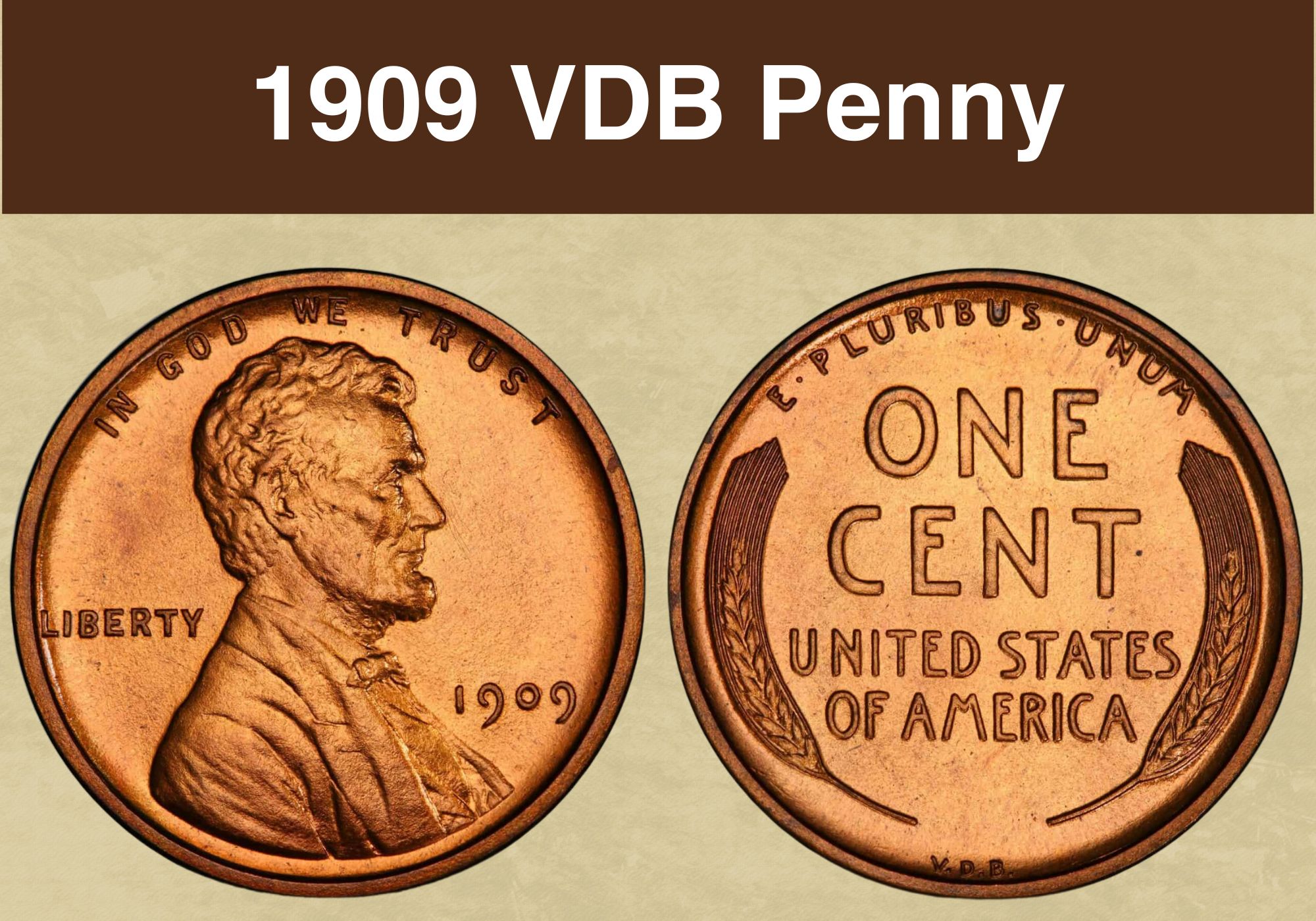
The Lincoln Cent’s debut on August 2, 1909, triggered actual riots—and we’re not exaggerating. This wasn’t just a new coin; it was a revolution that nearly ended in disaster.
Picture this: At 6 AM, crowds surrounded the Philadelphia Mint like it was Black Friday at Best Buy. By noon, police were called to control the mob. In New York, the Sub-Treasury ran out of pennies before lunch, sparking shoving matches. Banks limited customers to 100 pennies each. People were literally fighting over pocket change.
Why the chaos? Two reasons. First, this was the first U.S. coin to feature an actual person instead of Lady Liberty—and not just any person, but Abraham Lincoln on his 100th birthday. Traditionalists were horrified. “Un-American!” they cried. “Monarchist propaganda!”
But the REAL drama? Those three little letters on the reverse: VDB. Victor David Brenner, the coin’s designer, had plastered his initials in letters so huge you could spot them from space. Critics exploded: “Shameless self-promotion!” The backlash was so fierce that by August 5—just THREE DAYS after release—the Mint yanked the dies.
Here’s where it gets wild: Philadelphia managed to strike 27.9 million VDB cents in those three days. But San Francisco? Only 484,000 escaped before the telegrams arrived screaming “STOP THE PRESSES!” The 1909-S VDB instantly became the holy grail of Lincoln Cents.
Within weeks, dealers were paying 25 cents—25 TIMES face value—for a coin that was literally days old. The 1909 penny didn’t just launch a new design; it created the modern coin collecting boom.
2. 1914-D – The Key Date King

For five years, Lincoln Cents rolled off the presses without much drama. Then came 1914, when the Denver Mint decided to make collectors’ lives interesting—permanently.
The numbers tell the story: Philadelphia struck 75 million pennies that year. San Francisco contributed a respectable 4 million. Denver? A measly 1,193,000. Nobody knows exactly why production was so low. Broken equipment? Material shortages? The Mint never explained, and that mystery just adds to the legend.
What made this worse for collectors was timing. In 1914, coin collecting was still a rich man’s hobby. Average folks spending pennies on bread didn’t know or care about mintmarks. Those 1.2 million Denver cents hit the streets and got spent hard during an era when a penny actually bought something.
By the 1930s, when coin collecting exploded as a popular hobby, collectors made a horrifying discovery: Nobody had saved 1914-D pennies. They’d all been spent, worn down, lost, or melted. Finding one in decent condition became like finding a needle in a haystack—if the haystack was the size of Colorado.
The 1914-D became the “key date” for the entire series—the one coin that separated serious collectors from casual ones. Dealers learned to flip straight to the 1914-D slot in any collection. Empty? Amateur. Filled? Now we’re talking.
Today, a decent 1914-D costs more than some people’s car payments. All because Denver had one bad year at the office.
3. 1922 Plain – The Penny That Shouldn’t Exist

In the history of Mint screw-ups, 1922 takes the cake. This was the year Denver tried to gaslight America by producing pennies that pretended they came from nowhere.
Here’s the setup: In 1922, only Denver produced cents—no Philadelphia, no San Francisco. Just Denver, all alone, cranking out 7.1 million pennies. Should’ve been simple, right? Wrong. Dead wrong.
The dies started failing faster than a bad marriage. One particular die got so beaten up that the “D” mintmark—Denver’s signature—literally disappeared. But instead of tossing the die in the trash where it belonged, some genius at the Mint kept using it.
The result? Thousands of 1922 pennies with no mintmark, looking for all the world like they came from Philadelphia. Except Philadelphia wasn’t making pennies that year. These coins were impossible. They were ghosts. They shouldn’t exist.
When collectors noticed, confusion reigned. Theories flew: Secret Philadelphia mintage? Prototype coins? Conspiracy? The truth was even weirder—Denver accidentally created phantom coins through sheer incompetence.
But here’s where it gets beautiful: Those “mistake” coins became the most valuable 1922 pennies by far. A worn “Plain” 1922 sells for 50 times what a normal 1922-D brings. The Mint’s worst quality control failure became collectors’ favorite treasure.
Lesson learned? In numismatics, sometimes the best coins come from the worst days at work.
4. 1931-S – The Depression’s Darkest Penny
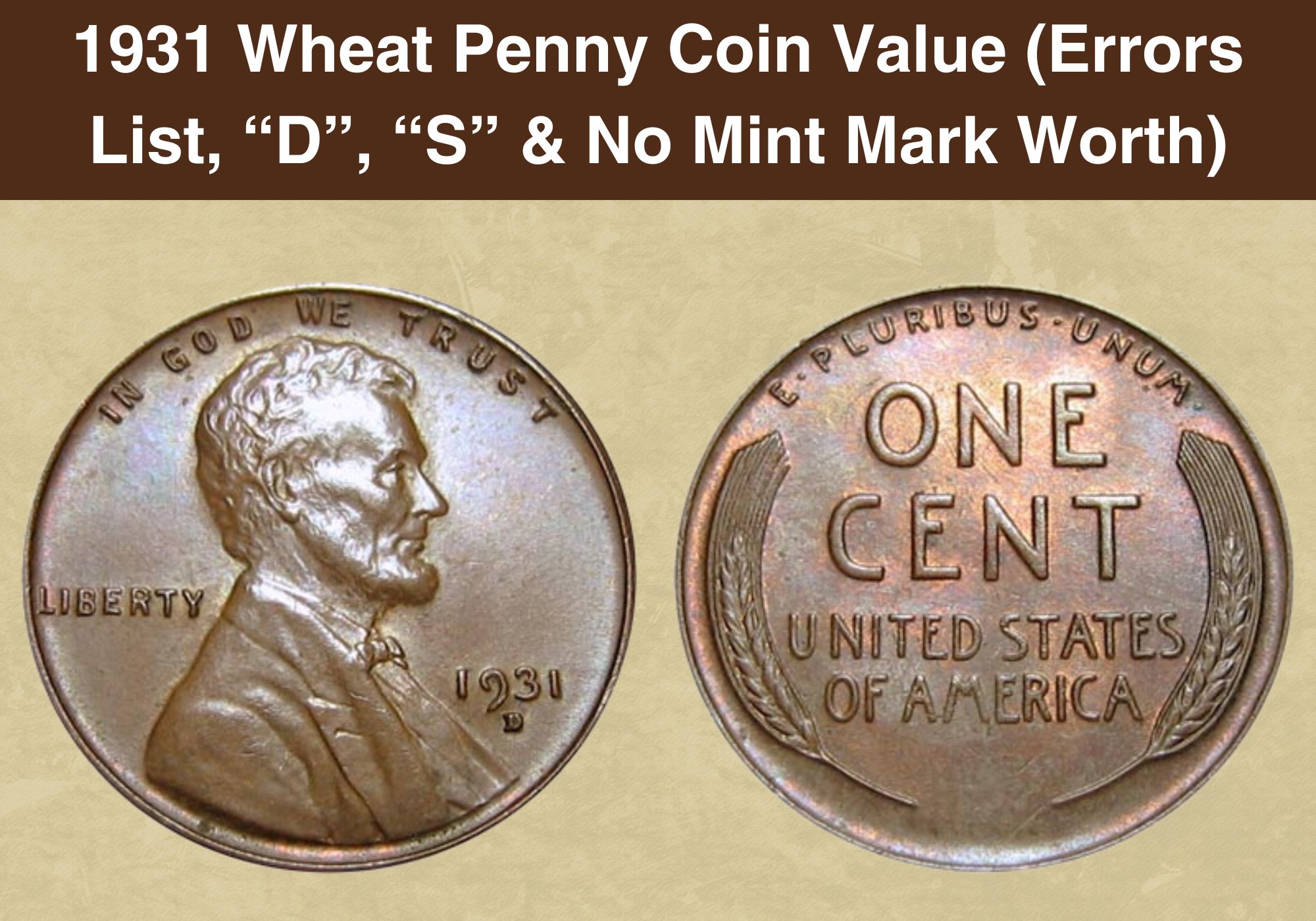
If you want to understand how bad the Great Depression really was, look no further than the 1931-S penny. This coin tells a story of economic collapse in cold, hard numbers: 866,000. That’s it. The lowest mintage in Lincoln Cent history.
San Francisco’s mint looked like a ghost town in 1931. While the facility could pump out 50 million coins a year, they barely kept the lights on. Why? Nobody needed new pennies. Banks were failing. Businesses were folding. People hoarded every cent they had, literally burying coffee cans full of coins in their backyards.
The human cost hits harder than statistics. Mint workers—those lucky enough to keep their jobs—took 50% pay cuts. The few who remained spent most days maintaining equipment rather than making coins. One report described the coin presses sitting “silent as tombstones.”
Here’s the twist: Those 866,000 pennies mostly went straight into circulation and got spent immediately. No collecting, no hoarding—people needed those pennies for bread. A cent could buy you something in 1931, and hungry families weren’t saving them for posterity.
The result? While millions of 1920s pennies sat in albums and jars, the 1931-S got used hard. Finding one today in decent condition is like finding a survivor’s story from America’s darkest economic hour.
The 1931-S penny: proof that sometimes the rarest treasures come from the hardest times.
5. 1943 – The Year of Steel and Scandal
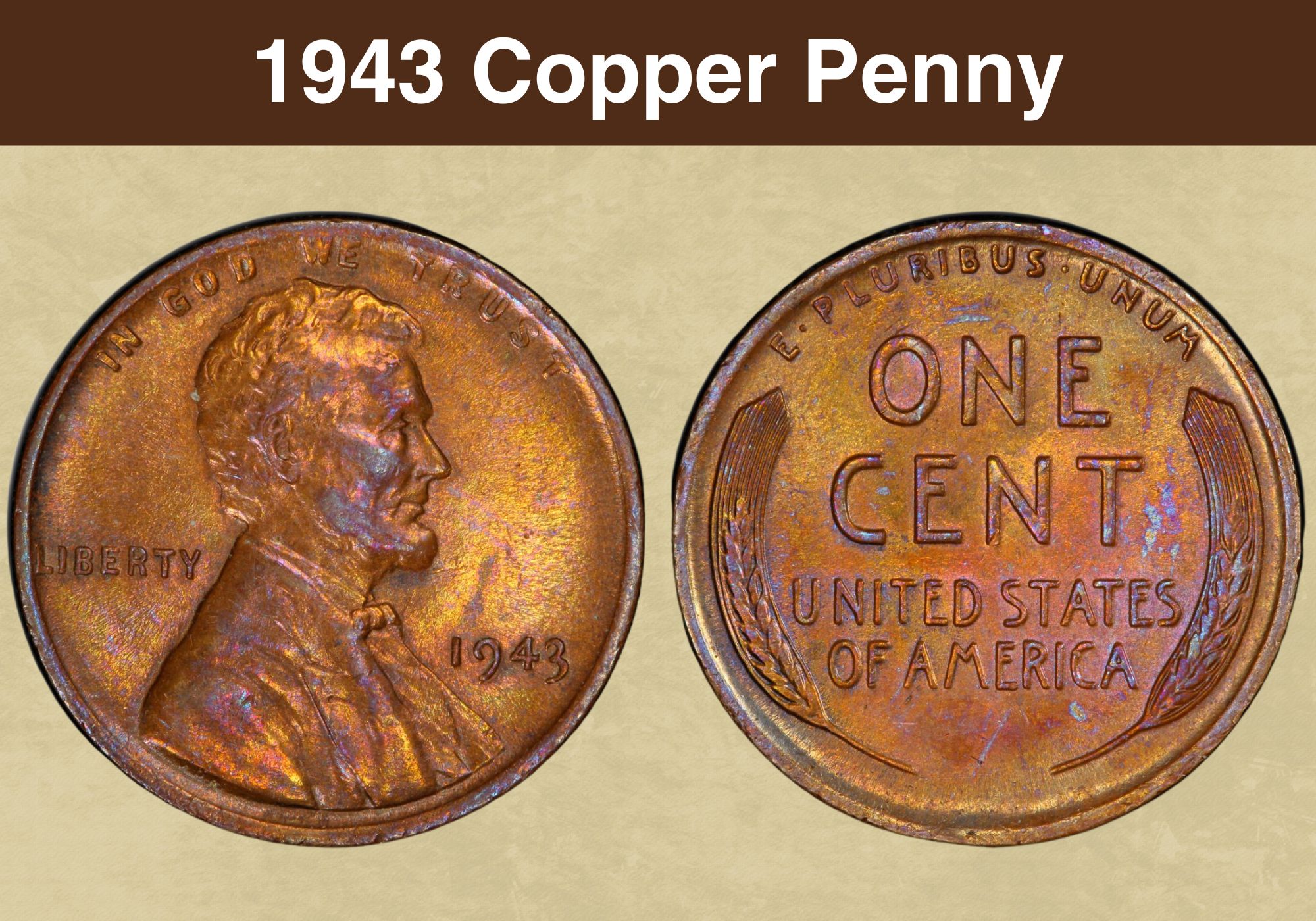
1943 wasn’t just different—it was insane on multiple levels.
First, the intentional chaos: America needed copper for ammunition, so the Mint switched to zinc-coated steel. The public reaction? Total mayhem. Vending machines rejected them. Stores thought they were slugs. They stuck to magnets. They rusted. One newspaper called them “Hitler’s revenge on American pockets.”
The Mint produced 1.1 BILLION of these wartime oddities. Americans hated them so much that production stopped after just one year. But that’s only half the story.
Now for the accidental chaos: Some 1942 copper blanks got stuck in the machinery. When 1943 production started—CLUNK—out popped copper pennies with 1943 dates. The Mint denied they existed. “Impossible!” they declared. This denial just made things worse. Rumors spread that Ford would trade a new car for one.
Here’s the beautiful mess: While 1943 steel cents are everywhere (still magnetic!), maybe 20 genuine 1943 copper cents exist. In 1947, a Massachusetts teenager found one in his lunch money. He sold it in 1981 for $10,000. Today? Over $1 million.
The 1943 penny year proved two things: America could change its entire coinage overnight for the war effort, and sometimes the Mint’s biggest mistakes become numismatics’ greatest treasures.
6. 1944 – The Reverse Uno Card
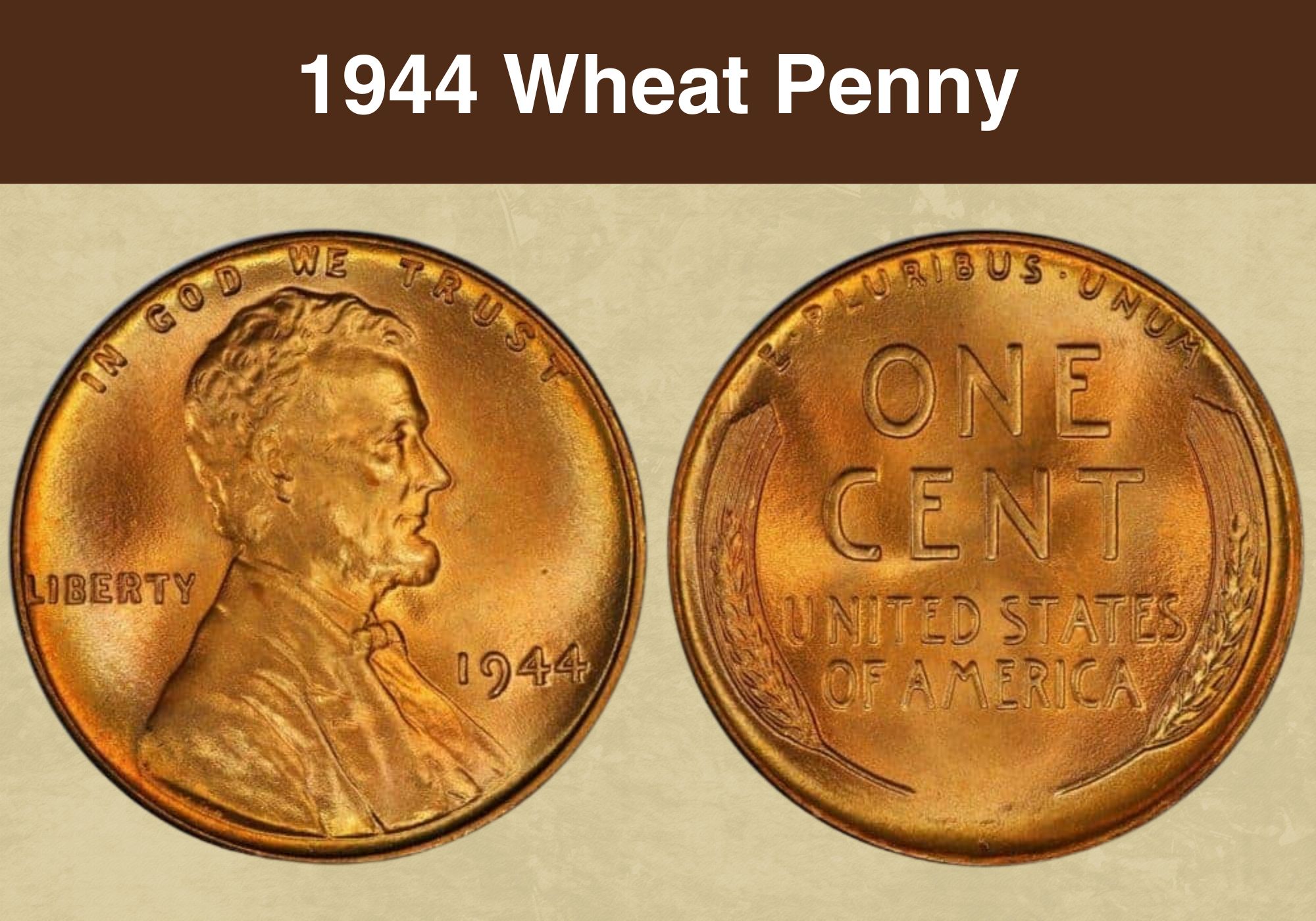
Just when you thought the Mint had learned its lesson, 1944 said “Hold my beer” and did the EXACT OPPOSITE of 1943’s chaos.
Picture this comedy of errors: The war’s winding down, and the Mint switches back to copper blanks (made from recycled shell casings—patriotic and practical!). But surprise! Some steel blanks from 1943 were playing hide-and-seek in the machinery. When 1944 production began, these zombie blanks rose from the dead.
The weird part? The Mint produced over a BILLION pennies in 1944, yet only about 30 steel versions have ever surfaced. That’s like finding a specific grain of sand on a beach. While everyone was hunting for 1943 coppers, these 1944 steel cents slipped through unnoticed.
Even better: The mint mark situation got bizarre too. Some 1944 pennies show a D over an S, where Denver’s mark was punched over San Francisco’s. Why? Wartime confusion, die shortages, and general chaos. The Mint was recycling everything, including dies.
One confirmed steel example sat in a penny jar for 50 years because the owner thought it was just a dirty zinc cent. A California woman found one in her late father’s toolbox in 2019—he’d saved it since the war without knowing its value.
The irony? 1944 steel cents are technically rarer than their famous 1943 copper cousins, but nobody’s ever heard of them. Sometimes the best treasures are the ones nobody’s looking for.
7. 1955 Doubled Die – The Drunk Penny
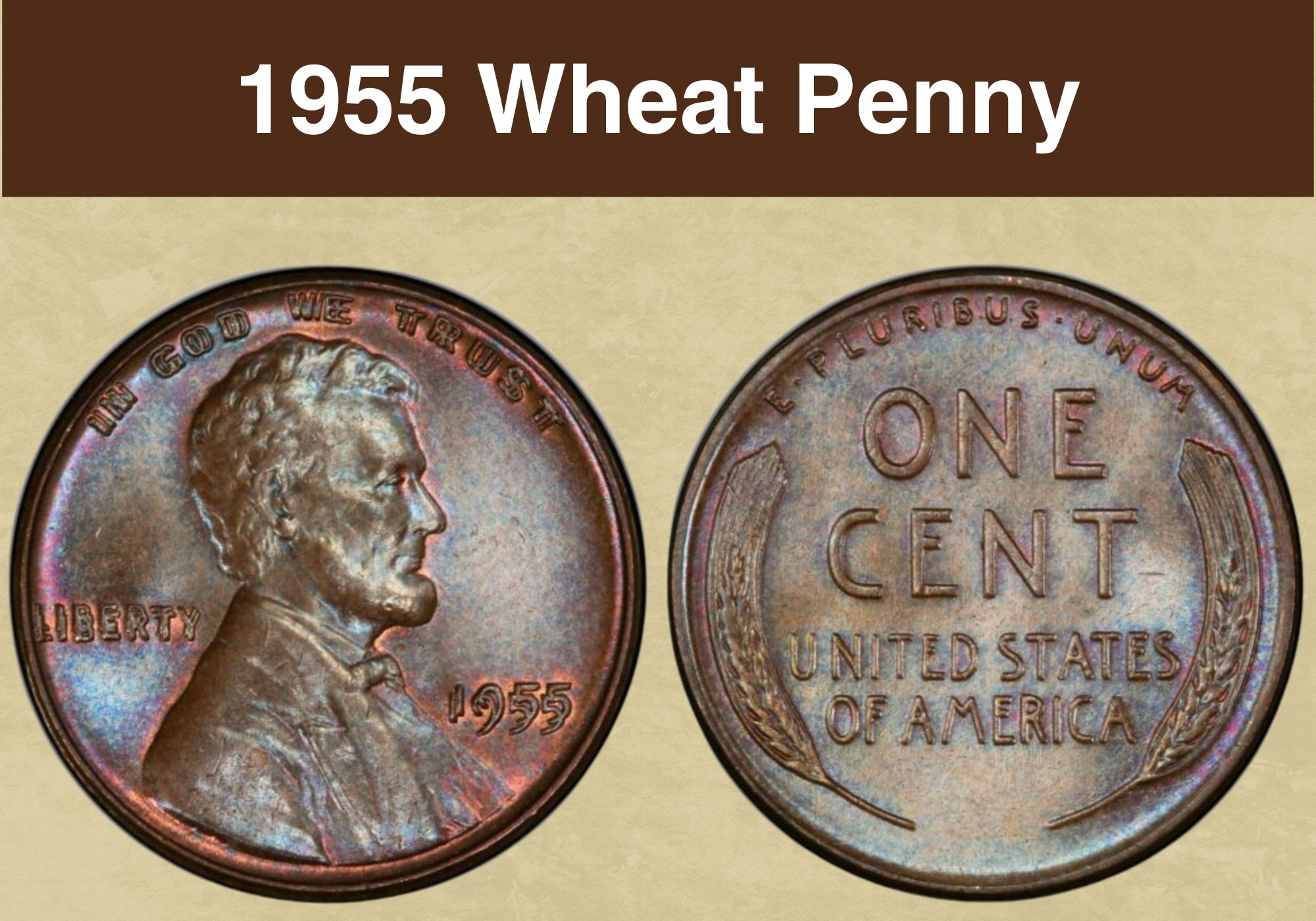
Holy double vision, Batman! The 1955 Doubled Die penny looked like it had one too many drinks at the Mint Christmas party. This wasn’t just an error—it was an error so obvious that blind people could feel it.
Here’s the beautiful disaster: During die preparation, a misalignment caused the image to be impressed twice, slightly offset. The result? “LIBERTY” looked like “LLIIBBEERRTTYY.” The date appeared to be melting. “IN GOD WE TRUST” seemed to stutter. Lincoln looked like he was seeing double too.
The best part? About 20,000 of these woozy pennies escaped before anyone noticed. Friday night shift? Holiday skeleton crew? Nobody knows why quality control took a vacation, but thank goodness they did.
When collectors first spotted them, many assumed they were counterfeits. Who would be dumb enough to make such an obvious fake? Turns out, it wasn’t fake—it was gloriously, officially wrong. The Mint’s response? crickets They just pretended it didn’t happen.
But here’s where it gets legendary: Unlike other errors that hide in the details, the 1955 Doubled Die screamed “LOOK AT ME!” from across the room. Kids could spot them. Grandmas noticed them. One reportedly got rejected by a vending machine for looking “too weird.”
Today, these dizzy pennies trade for thousands. And yes, people STILL find them in circulation occasionally, usually in old penny jars inherited from relatives who thought they were “just defective.”
The 1955 Doubled Die: When quality control’s worst day became numismatics’ best friend.
8. 1956 – The Shadow of Change
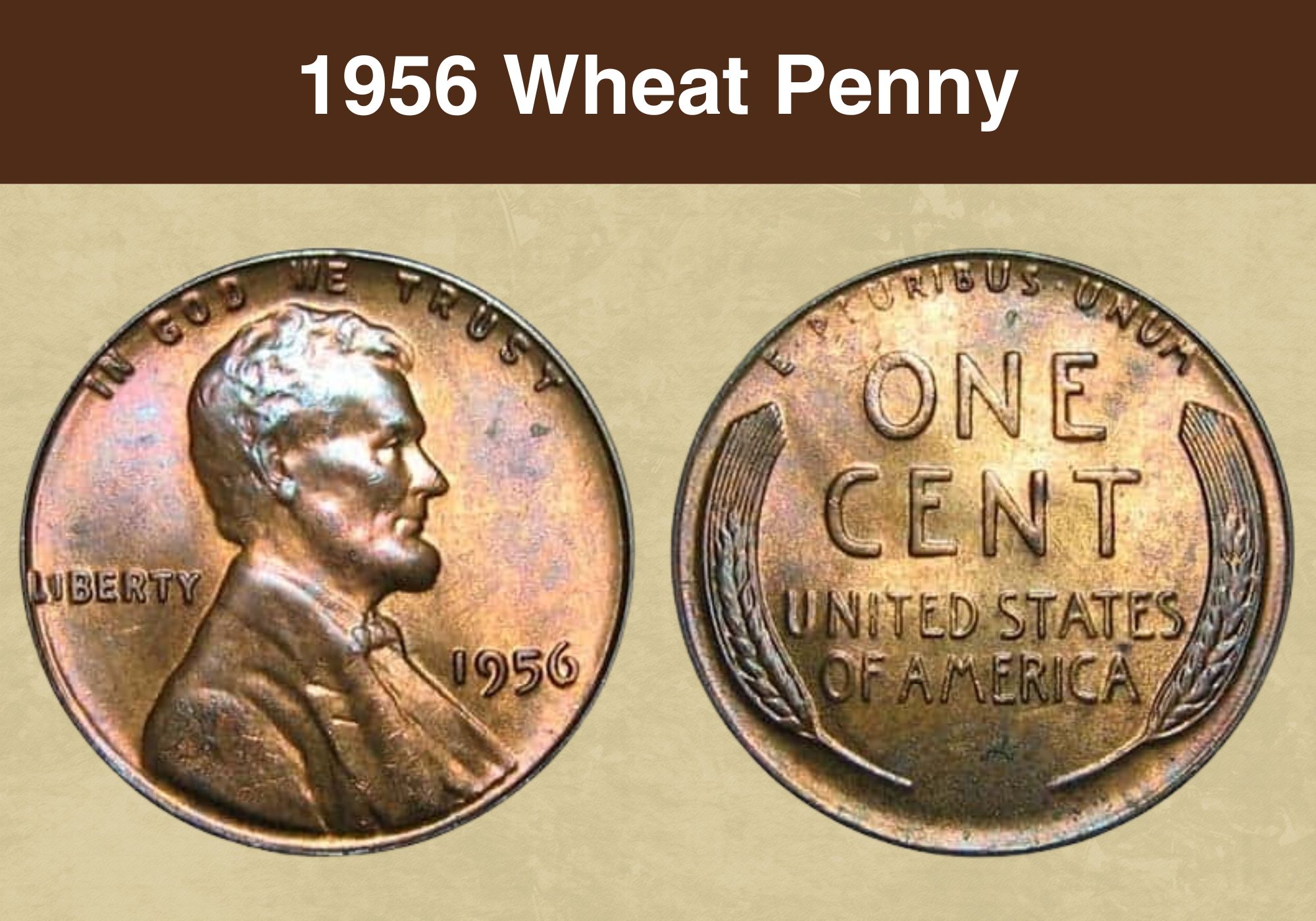
Nobody talks about 1956, and that’s exactly what makes it fascinating. This was the year the Lincoln Cent hit a crossroads, caught between its traditional past and an uncertain future.
Behind closed doors at the Mint, serious discussions were underway. Officials debated replacing the wheat design for Lincoln’s 150th birthday in 1959. Some pushed for a complete redesign. Others wanted to keep the classic look. The wheat stalks’ days were numbered, but the public had no idea.
Meanwhile, 1956 saw something strange: the birth of the modern coin roll hunting movement. Post-war prosperity meant Americans had disposable income, and searching penny rolls became a legitimate hobby. Banks reported unprecedented requests for penny rolls—not for spending, but for searching.
The 1956-D particularly became a roll hunter’s target. Why? A persistent rumor claimed some 1956-D cents had microscopic doubling on “LIBERTY.” Thousands of collectors spent hours with magnifying glasses, turning a normal year into an obsession.
Here’s the kicker: The Mint produced over 1.3 billion pennies in 1956, but collectors treated each one like it might be special. They were right, in a way. These were among the last wheat cents struck before the Mint’s modern era began.
1956: The year coin collecting transformed from an eccentric hobby into mainstream America’s treasure hunt. Every penny roll became a lottery ticket.
9. 1958 – The Final Curtain
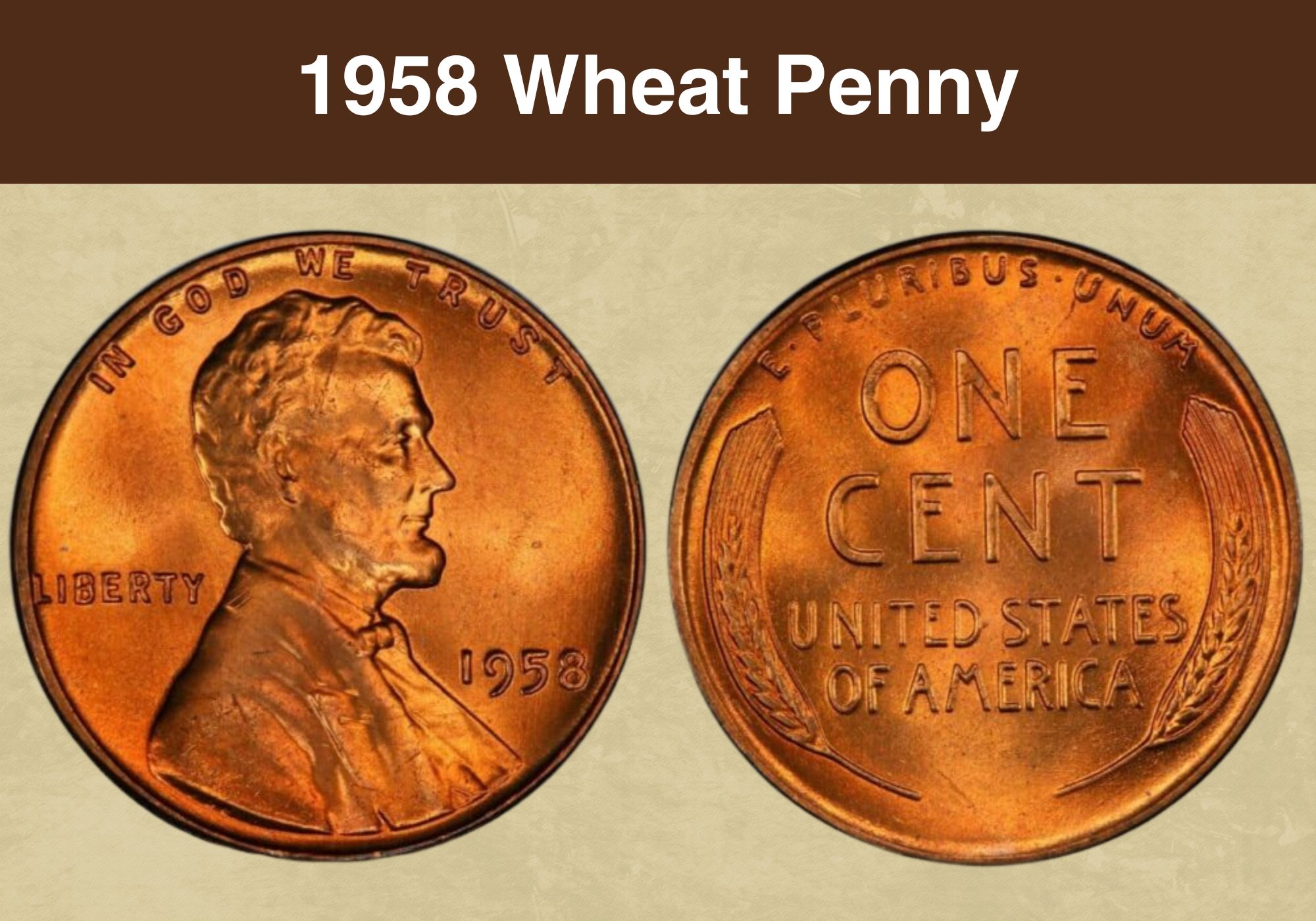
Grab your handkerchiefs, folks. After 50 years, the wheat stalks were about to take their final bow. The 1958 penny wasn’t just another year—it was the end of an era, and somehow, everybody knew it.
The announcement came in late 1958: Starting in 1959, the wheat ears would be replaced by the Lincoln Memorial. Suddenly, every 1958 penny became a potential keepsake. Banks reported the strangest phenomenon—people actually WANTING pennies. Not making change, not buying anything, just… wanting pennies.
“Got any shiny ’58s?” became the question driving bank tellers insane. Kids who’d never saved a coin in their lives suddenly became hoarders. The Mint, sensing history, went absolutely bananas—producing over 1.3 BILLION pennies, the highest count in wheat cent history.
But here’s what made it magical: For the first time, ordinary Americans consciously saved ordinary coins. Grandparents filled mason jars labeled “Last of the wheats.” Parents tucked rolls away for future children. Even cynical teenagers grabbed a few, muttering “might be worth something.”
The Philadelphia Mint held a small ceremony on December 31, 1958. As the last wheat cent rolled off the press, an era that had witnessed two world wars, the atomic age, and America’s rise to superpower quietly ended. No fanfare, no speeches—just the soft clink of copper marking time.
Ironically, because everyone saved them, 1958 pennies remain common today. But that’s not the point. Sometimes value isn’t about scarcity—it’s about being there when history turns the page.
10. 1917 – When America Joined the World
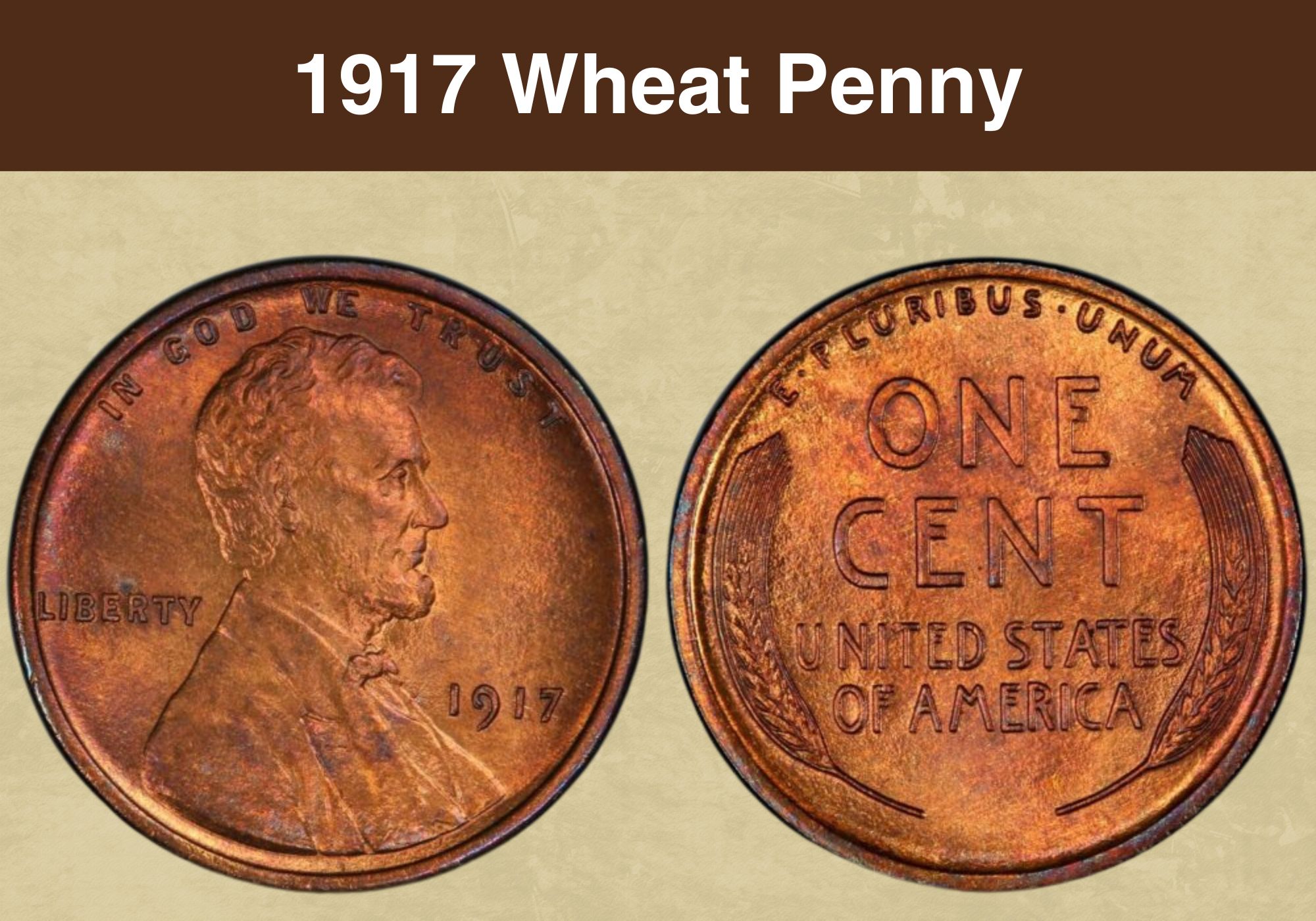
Why 1917? Because this was the year the Lincoln Cent—and America—stepped onto the world stage. When these pennies were minted, America was still neutral. By year’s end, they jingled in the pockets of doughboys heading “Over There.”
The timing was everything. Early 1917 cents circulated in a nation at peace. April 6, Congress declared war on Germany. Suddenly, those same pennies bought war bonds, paid for rationed goods, and filled collection plates at farewell church services.
The Mint’s production tells the story: Despite wartime disruption, they managed to strike over 200 million pennies. But something strange happened—quality control went haywire. The 1917 penny has more die varieties than almost any other year. Doubled dies, repunched dates, die cracks—it’s like the entire Mint staff got drafted and left the machines running wild.
One famous variety shows clear doubling on the date and “TRUST.” Collectors call it the “1917 DDO” (Doubled Die Obverse), and it’s become the poster child for wartime Mint chaos. These weren’t intentional—they were symptoms of a nation mobilizing for its first global war.
Here’s the poignant part: Many 1917 pennies left America in soldiers’ pockets and never returned. French farmers still occasionally find them in former battlefield soil, silent witnesses to America’s baptism as a world power.
The 1917 penny: When Lincoln’s cent—and Lincoln’s nation—joined the world’s fight for democracy.
The Penny That Saw Everything
What makes these ten years truly special isn’t their mintage figures or metal content—it’s the very American story they tell. A story of scrappy immigrants like Victor David Brenner making their mark. Of a nation that could switch its entire coinage metal overnight to win a war. Of mistakes that became treasures and treasures that became memories.
The Lincoln Wheat Cent proved something important: You don’t need to be big to be significant. At one cent, it was America’s smallest denomination, yet it carried the biggest stories. In pockets and purses, piggy banks and penny jars, these humble coins connected every American to history in the making.
Next time you spot a wheat cent in the wild (yes, they’re still out there), take a moment. You’re not just holding a penny—you’re holding a veteran of America’s most transformative half-century. And while the wheat stalks may have left the stage in 1958, the stories they witnessed remain as enduring as Lincoln himself.
Some coins make you rich. Others make you think. The Lincoln Wheat Cent? It did both, one cent at a time.
The post 10 Most Historic Years of Wheat Penny (1909-1958) appeared first on CoinValueChecker.


